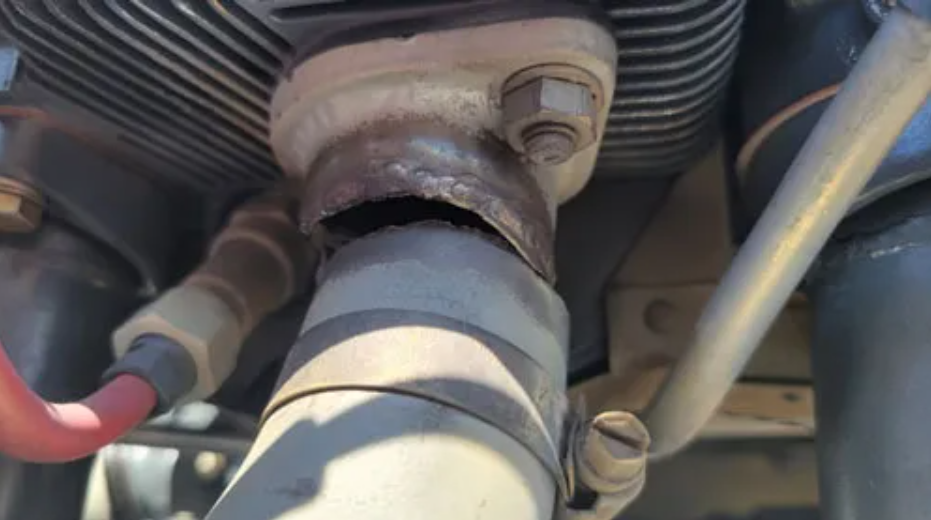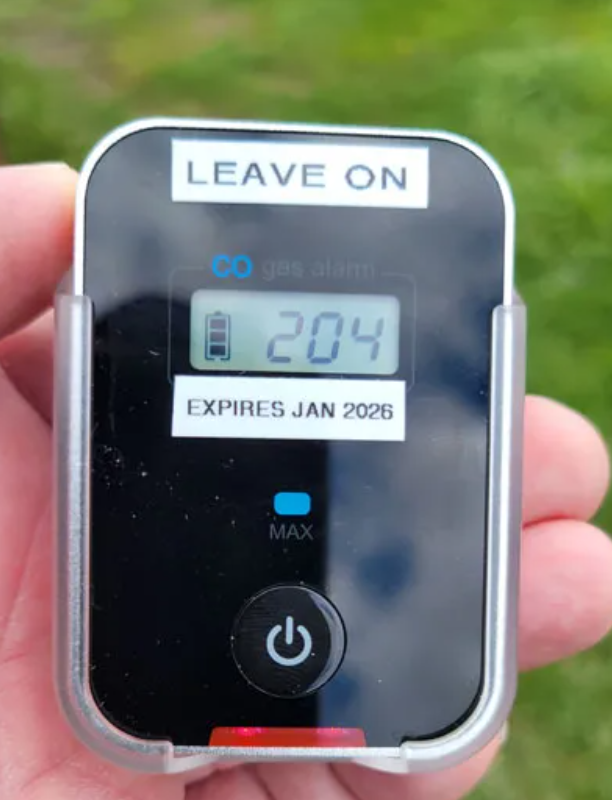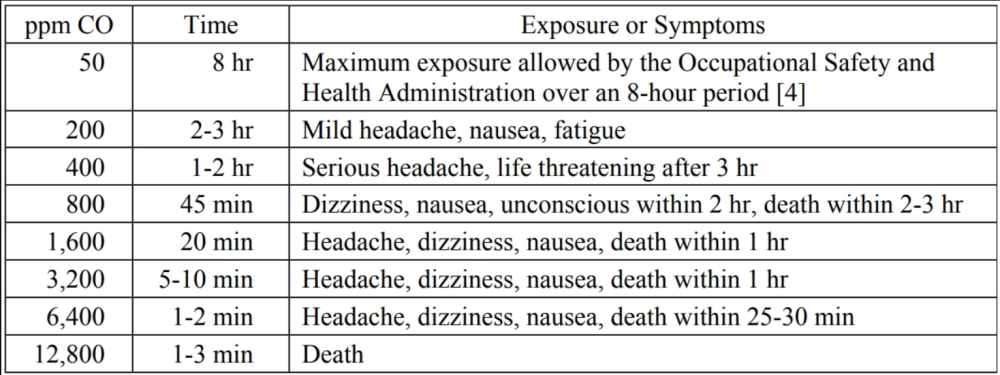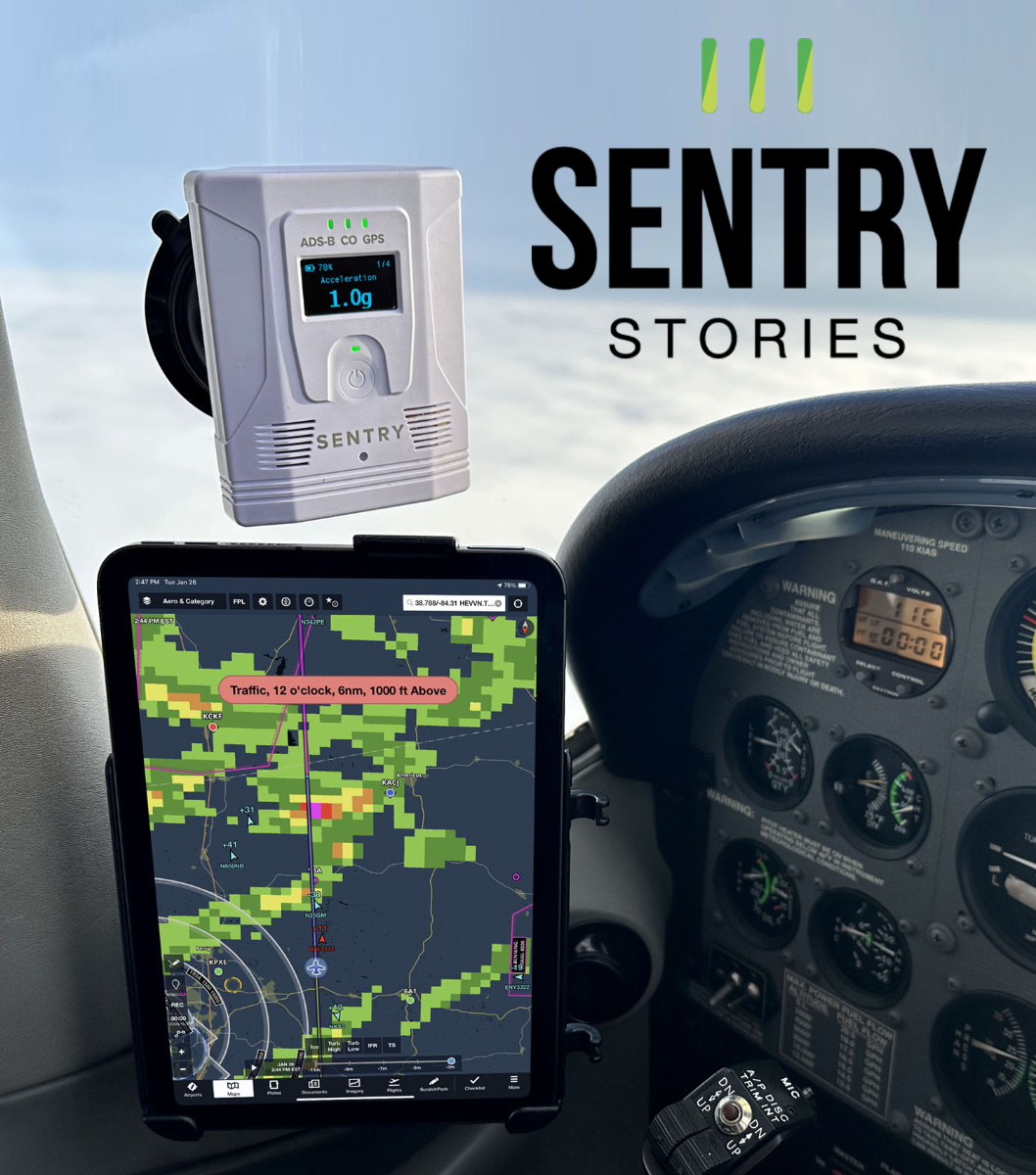 In each “Sentry Story,” we’ll describe an actual flight and share the view out the window and ForeFlight screenshots. You’ll see how Sentry can be used to make flying safer and easier, plus you’ll learn some tips for flying with datalink weather. Want to share your story? Email ipad@sportys.com.
In each “Sentry Story,” we’ll describe an actual flight and share the view out the window and ForeFlight screenshots. You’ll see how Sentry can be used to make flying safer and easier, plus you’ll learn some tips for flying with datalink weather. Want to share your story? Email ipad@sportys.com.
Learn more about the Sentry line of ADS-B Receivers:
Sentry Mini>>
Sentry>>
Sentry Plus>>
Sentry Story #5
Date: September 19, 2022
Aircraft: Velocity
Route: KCHA>KGDK
Flight rules: VFR
Altitude: 5,500 MSL
Carbon monoxide (CO) is one of those dangers you may not give much thought to or recognize. It’s the silent killer; colorless, odorless, tasteless, and it can knock you out before you even know there’s a problem. I almost found that out the hard way on a flight from Chattanooga, Tennessee to Xenia, Ohio. What started as a normal trip took a turn when a hidden issue with our exhaust system put me in very serious danger.
We had recently installed a new exhaust pipe on our airplane and it broke during this flight at the flange weld. The exhaust pipe remained aligned with the engine cylinder exhaust port and as a result there was no noticeable change in the engine noise.

Even though our aircraft is a pusher with the engine in the rear, a very dangerous CO level of 400 parts per million (ppm) developed and made its way into the cockpit within 10 minutes after takeoff. That level can result in incapacitation in 1 to 2 hours; I was on a planned 2-hour flight. I think the level would have increased to much greater than 400 ppm which would have meant I had perhaps only a few minutes of useful consciousness remaining. A fire could also have resulted from the 1400-degree exhaust gas leaking into the engine compartment.
Well, the good news is that I was flying with an electronic CO detector — a Sentry ADS-B device paired with ForeFlight. I got an alert of 75 ppm which I at first questioned. How could I have CO in a pusher?

I also had a Forensics portable CO detector with me that I had just bought at EAA AirVenture. When I pulled it out from my flight bag in the rear cockpit (where it could neither be seen nor heard), it was in full alert mode: the red light was flashing and the digital readout was showing a CO level of 400 ppm! I recognized I was faced with a very serious emergency and landed uneventfully shortly afterwards at the nearest airport. While I landed uneventfully, I had some challenges finding the nearest airport using the aircraft’s avionics and ForeFlight and I also later developed a headache, both of which may have been attributable to the CO exposure.
I learned a few things from this experience:
1) ALL aircraft powered by an internal combustion engine are susceptible to CO — even pushers.
2) Aviation risk from CO is not just associated with cockpit heat usage; and
3) Fly with a CO detector (or two) — always!

I strongly recommend you use an electronic CO detector versus the plastic ones with the center dot that changes to a dark color in the presence of CO. Electronic CO detectors are quite affordable and offer better and more noticeable alerts through the use of flashing lights, digital readouts, and audible annunciations. A portable electronic CO detector such as the Forensics unit make it easy to take along with you in any aircraft you fly. (I use Velcro to attach mine in the various aircraft I fly as a CFI.) It is important that you place an electronic CO detector in a prominent location where you will easily be able to note the digital readout and/or flashing lights. Do not rely solely on an audible alert as cockpit noise combined with ANR headsets can make the beeps impossible to hear. However, a Sentry or Sentry Plus paired with ForeFlight is especially nice because they will provide a very obvious message at the top of the screen in addition to their own audible alarm and red CO indicator light. It’s a bonus if your headset has Bluetooth so you can receive an audible carbon monoxide alert (e.g., “Caution, Sentry carbon monoxide level is seventy-five parts per million”) generated through ForeFlight when you have your headset paired to your iPad.
NOTE: Some CO can be expected during ground operations and slow flight. As a reference, new aircraft can be certified with a CO level of 50 ppm per (CFR) 23.831) [3]. If the level goes above 50 ppm and remains there or increases, you’ll want to pay attention to that and take appropriate action. See the table below.

Want to share your story? Email ipad@sportys.com for a chance to be featured in one of our Sentry Stories.
Learn more
Read every edition of Sentry Stories here
Sentry line of ADS-B Receivers:





